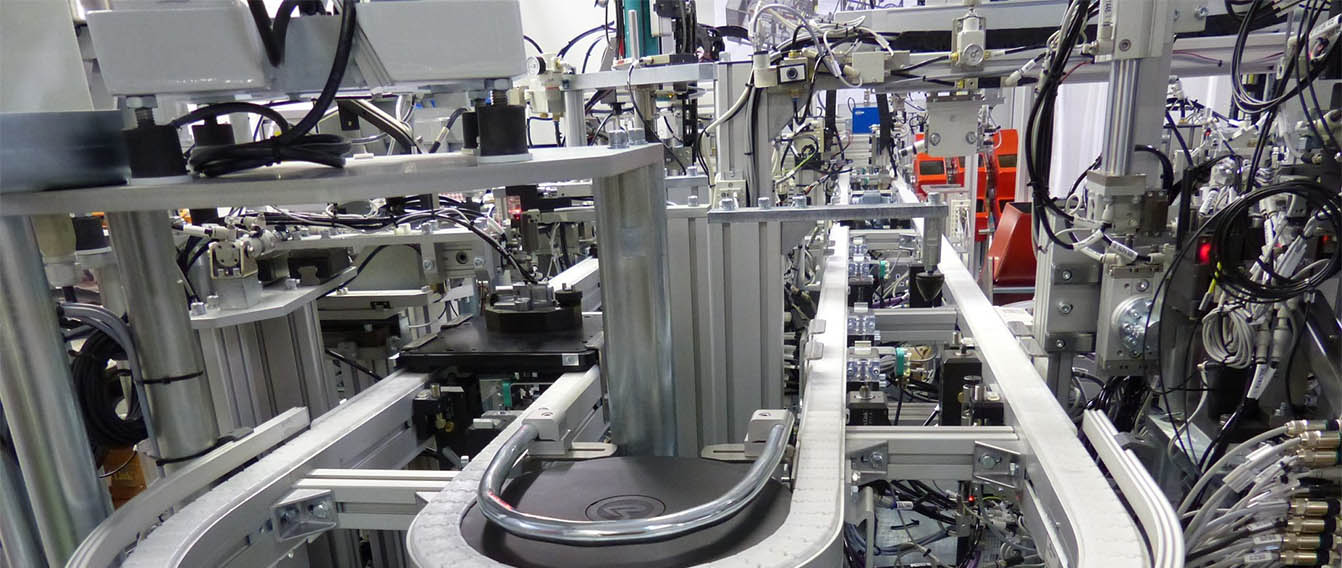
Implementing assembly line systems is a complex endeavor that involves integrating technology, optimizing processes, and aligning operational strategies with business goals. While assembly line systems offer significant benefits such as increased productivity, efficiency, and quality control, they also present several challenges that organizations must navigate effectively. This blog explores the common challenges faced in implementing assembly line systems, along with strategies to overcome them and ensure successful integration.
Understanding Assembly Line Systems
Assembly line systems are critical in manufacturing industries, enabling mass production of goods through systematic assembly processes. These systems typically involve the sequential arrangement of workstations, machinery, and automation technologies to streamline production and minimize labor-intensive tasks.
Common Challenges in Implementing Assembly Line Systems
- Initial Investment Costs:
- Equipment and Technology: High upfront costs associated with purchasing and installing assembly line equipment, machinery, robotics, and automation technologies.
- Infrastructure: Investment in facility upgrades, layout redesign, and integration of supporting infrastructure such as power supply, ventilation, and safety systems.
- Complex Integration and Setup:
- Compatibility Issues: Ensuring compatibility and seamless integration of diverse technologies, equipment, and software platforms within the assembly line system.
- Interoperability: Addressing interoperability challenges between legacy systems and new technologies to ensure smooth communication and data exchange.
- Skill and Training Requirements:
- Technical Expertise: Acquiring and retaining skilled personnel with expertise in operating, maintaining, and troubleshooting advanced assembly line technologies and robotics.
- Training Programs: Implementing comprehensive training programs to upskill employees and enhance their proficiency in utilizing new assembly line systems effectively.
- Operational Disruptions and Downtime:
- Transition Period: Managing operational disruptions and downtime during the transition phase from conventional production methods to new assembly line systems.
- Maintenance Needs: Proactively addressing maintenance requirements, downtime for repairs, and optimizing system reliability to minimize production interruptions.
- Quality Control and Assurance:
- Consistency: Ensuring consistent product quality and adherence to specifications throughout the assembly process, especially with automated and semi-automated operations.
- Testing and Validation: Implementing robust testing and validation procedures to detect defects, errors, or deviations in assembly line output and ensuring compliance with regulatory standards.
- Change Management and Resistance:
- Employee Resistance: Overcoming resistance to change among employees accustomed to traditional manufacturing methods or concerned about job security due to automation.
- Cultural Shift: Fostering a culture of innovation, continuous improvement, and adaptability to support the transition to new assembly line systems effectively.
Strategies to Overcome Challenges in Implementing Assembly Line Systems
- Comprehensive Planning and Evaluation:
- Conducting thorough feasibility studies, cost-benefit analyses, and risk assessments to evaluate the viability and potential return on investment (ROI) of assembly line system implementation.
- Developing a detailed implementation roadmap with clear milestones, timelines, and contingency plans to mitigate risks and manage challenges proactively.
- Investment in Technology and Infrastructure:
- Collaborating with trusted technology providers and suppliers to select and deploy suitable assembly line technologies, equipment, and automation solutions.
- Allocating resources for necessary infrastructure upgrades, facility modifications, and logistics to support efficient assembly line operations.
- Employee Training and Development:
- Investing in comprehensive training programs and workshops to equip employees with the skills, knowledge, and confidence to operate new assembly line systems competently.
- Encouraging continuous learning, cross-functional collaboration, and participation in change management initiatives to foster a positive work environment and minimize resistance.
- Continuous Improvement and Adaptability:
- Implementing lean manufacturing principles, agile methodologies, and Kaizen practices to drive continuous improvement, optimize workflows, and enhance operational efficiencies.
- Embracing a culture of innovation, openness to feedback, and flexibility to adapt assembly line systems based on evolving market dynamics, customer needs, and technological advancements.
- Collaboration and Communication:
- Establishing effective communication channels, cross-departmental collaboration, and stakeholder engagement to align assembly line system goals with organizational objectives.
- Facilitating regular feedback loops, performance reviews, and post-implementation evaluations to monitor progress, address challenges promptly, and drive continuous optimization.
Case Studies: Successful Implementation of Assembly Line Systems
- Toyota Production System: Toyota’s renowned production system emphasizes lean manufacturing principles, continuous improvement, and employee empowerment to optimize assembly line efficiency and quality.
- Samsung Electronics: Samsung integrates advanced robotics, IoT, and AI-driven automation in assembly line systems to enhance production capabilities, reduce costs, and maintain competitive advantage in the electronics industry.
Conclusion
Implementing assembly line systems presents both opportunities and challenges for manufacturing organizations seeking to enhance efficiency, quality, and competitiveness. By addressing common challenges through strategic planning, technology investment, employee development, and a culture of continuous improvement, organizations can navigate the complexities of assembly line system integration successfully.
Prepare your organization for the future of manufacturing by embracing innovation, leveraging advanced technologies, and fostering a collaborative environment that supports sustainable growth and operational excellence in assembly line systems.
Overcome challenges, seize opportunities, and transform your assembly line systems into pillars of success and efficiency in the dynamic landscape of modern manufacturing.